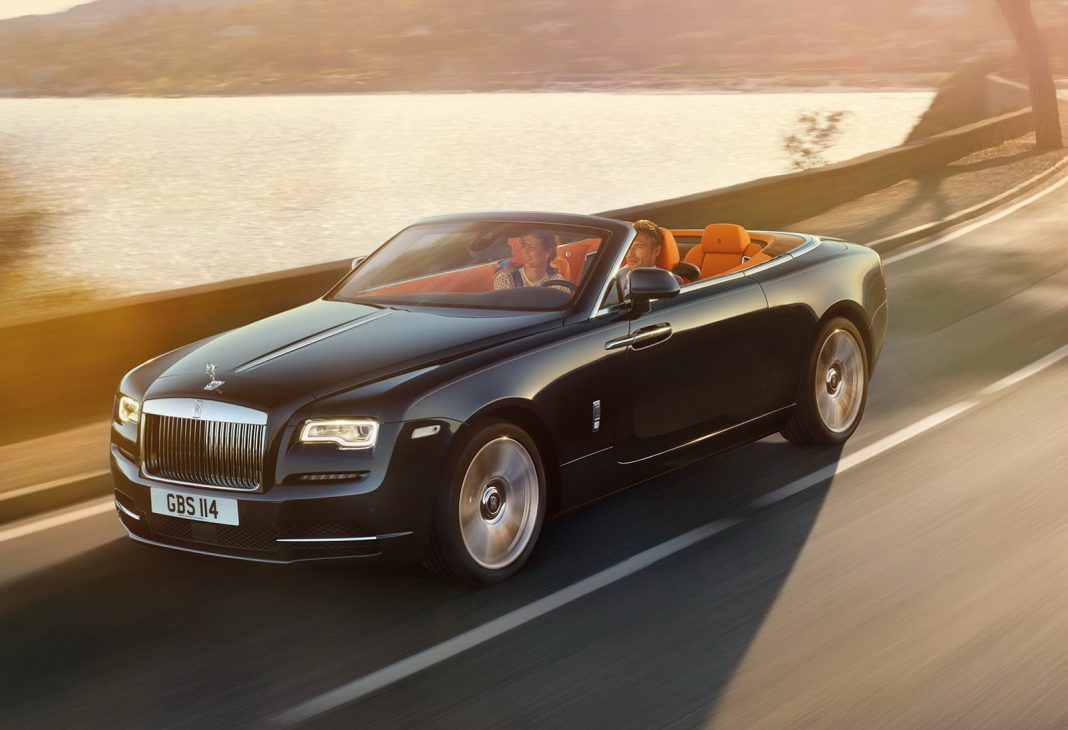Launched at the IAA Frankfurt Motor Show 2015, the Rolls-Royce Dawn is the first new model from the British marque since the Wraith of 2013 and before that, the Ghost of 2009. Tasked with designing the Dawn was the company’s design director Giles Taylor and from the outset, it was envisioned as a slightly softer car compared to the Wraith.
While recently speaking with Automotive News, Taylor said that the Rolls-Royce Dawn is aimed at a younger demographic than its other models.
“Dawn comes into this slightly younger era with more fluid movement and brings more people to our brand. I wouldn’t call it feminine. Wraith loosens the tie, but with Dawn you do not need a tie to drive the car or to be seen in a Rolls-Royce.”
“It has to be an instinctual approach to form language that comes with responsibility to evolve design language and move forward. We are not looking back to solutions. We want to move things forward and to bring a modern edge to the brand to be relevant and contemporary. That is our vision for the future at Rolls-Royce,” Taylor said.
While the Rolls-Royce Dawn shares its underpinnings with the Wraith, 80 per cent of its body panels are unique. At the front for example, the fascia has been revised with the grille recessed a further 45 mm while the lower front bumper now stretches out 53 mm more than the Wraith. In typical Rolls-Royce fashion, the grille tapers up to the bonnet where prominent body lines stretch through to the A-pillars.
Powering the Dawn is a twin-turbocharged 6.6-litre V12 engine delivering 563 hp at 5250 rpm and 575 lb-ft of torque at 1500 rpm.














































And yet, it is still as irretrievably clunky looking and at least as ugly as all of its siblings.
The basic problem with all Rolls Royces since their major revamping in 2003 is that their shape(s) became, from that point on, just unsophisticatedly styled ‘bricks’. There is no ‘waft’ to the cars’ lines as they used to refer to their form in previous generations (albeit more in the ’60s and earlier). Size is not the problem. It is what they’re doing, or rather not doing, with all those acres of sheetmetal.
The second major problem since the restyle has been with proportion. When the new Phantom first came out, I recall my recoil as I gazed upon its front aspect, its unbelievably undersized headlights squinting out like some near-sighted soul without their glasses. The huge front end is totally underserved, proportion-wise, with the tiny slits of lights the designers initially visited upon it, and which they have never apparently noticed in the interim.
The back end is out of proportion yet again, but there it is even worse, with no compensating visual attributes like the nicely styled, sizable grill one gets on the front. No, in back it’s all ‘nothingness’ and two puny, uninteresting tail lights. These lights are not only entirely too small for such a massive rump, but their complete absence of creative composition would not find them out of place on the cheapest Korean hatchback.
I’m sorry. I dearly *want to love the looks of the current iteration of Rolls Royces, but each new model announcement brings no relief from R.R.’s designers’ apparent obsession with their current bad visual design.